The Hakka Tulou, arguably one of China’s most fascinating architectural wonders, is an excellent example of community housing designed for equals. These rammed-earth structures, examples of sociocultural heritage and architectural genius, epitomize the philosophy of collective living and equality within the Hakka community.
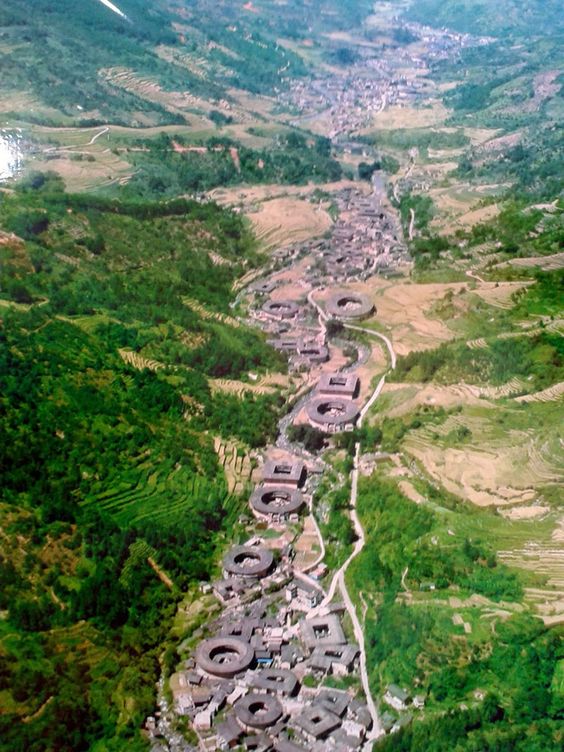
Dating back to between the 12th and 20th centuries, these Tulou, which literally translates to ‘earth buildings,’ are situated predominantly in China’s rural southeastern provinces of Fujian, Jiangxi, and Guangdong. Constructed with a unique blend of wood and rammed earth, these engrossing edifices offer an unusual and noteworthy form of communitarian lifestyle.
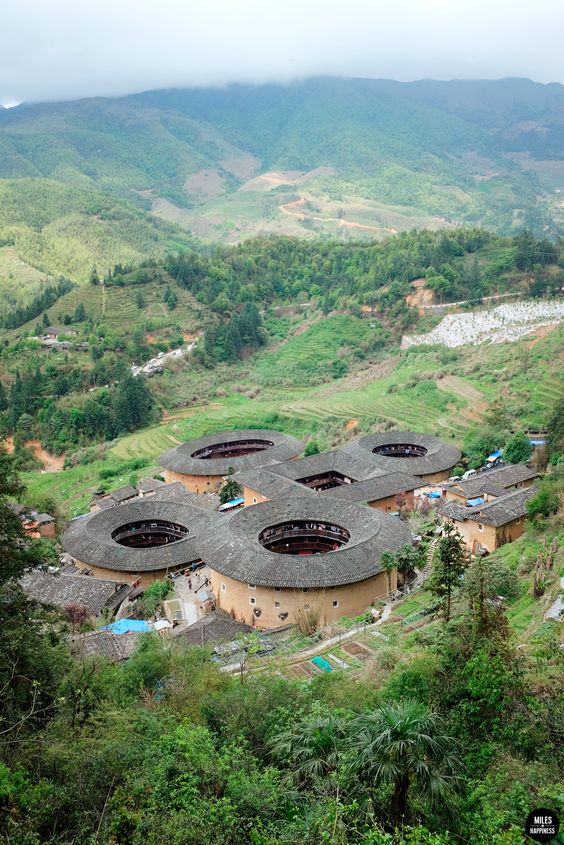
Typically, a Hakka Tulou is a circular or rectangular fortified building, encompassing a wide courtyard at the center. These are self-contained communities, providing the residents with living quarters and shared amenities, such as a temple, a well, and cooking facilities. These structures were designed with defensive measures in mind, featuring only one main entrance and no windows at ground level. The shared courtyard, often used for gatherings and communal activities, forms the heart of the Tulou, promoting the collective lifestyle of the Hakka people.
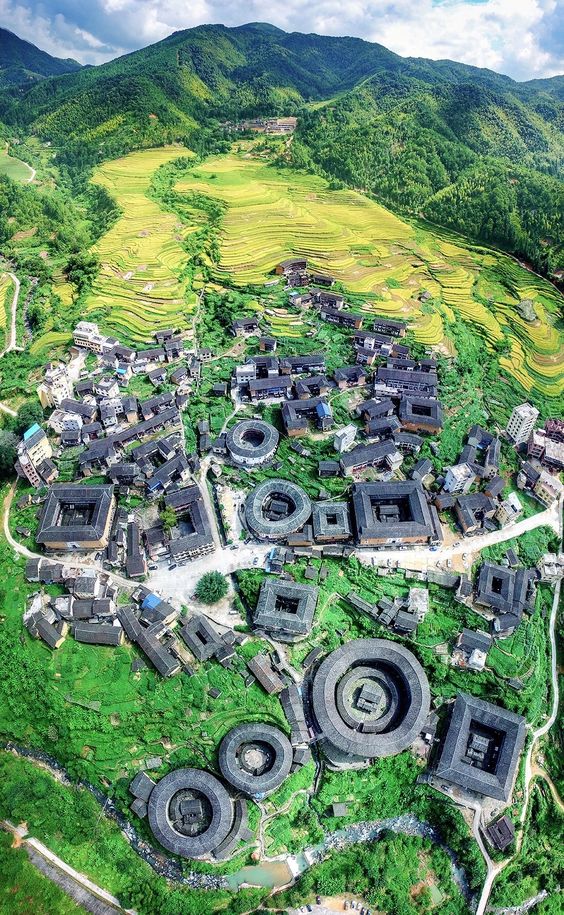
While the exterior of these Tulous may look imposing, inside these thick walls, a multitude of rooms that interconnect, forming a harmonious living space where families can live, work, and socialize together. The design illustrates the concept of equality. No room is designed to be superior to another – a physical representation of the Hakka philosophy. Each family has its allocated set of rooms spread vertically, from the ground floor to the top (Knapp, 2005). These rooms serve diverse functions – from granaries and kitchens to living rooms and bedrooms, encapsulating complete and self-reliant, communal living.
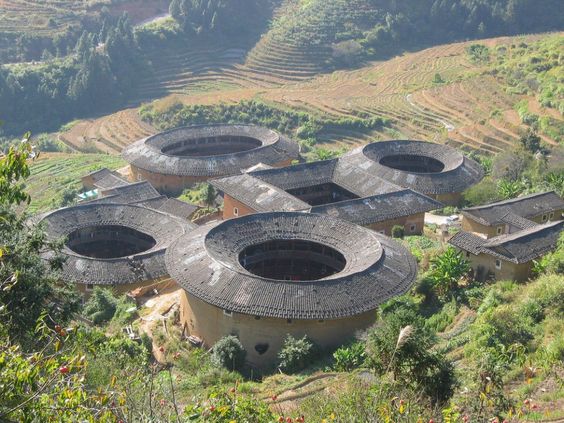
The Tulou’s design fosters a sense of community and solidarity among its inhabitants, promoting a balanced, egalitarian lifestyle. Living in the Hakka Tulou is fundamentally about cohabitation, sharing, and equality. These centuries-old traditions, despite the rise of modern housing structures, are carefully preserved within the pulsating heart of these astounding creations.
Tulously, the Hakka Tulou stands as an exceptional paragon of vernacular architecture. It is a testament to the adaptability and resilience of humans to their natural environment and resources. Today, around 46 Tulou sites are recognized by UNESCO as World Heritage sites, preserving their indomitable spirit and architectural novelty.
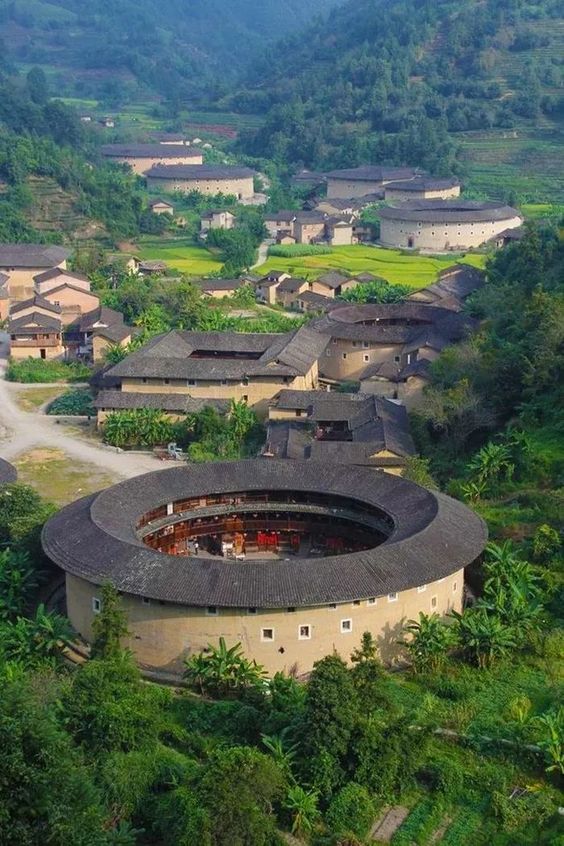
The Hakka Tulou serves as a beacon of equality. This communitarian manner of living, where every family is assigned an equal space, promotes harmonious co-existence, resilience, and a profound respect for collective assets. Indeed, the world has much to learn from the Hakka Tulou, where walls become rooms and equality is the cornerstone of a thriving community.

